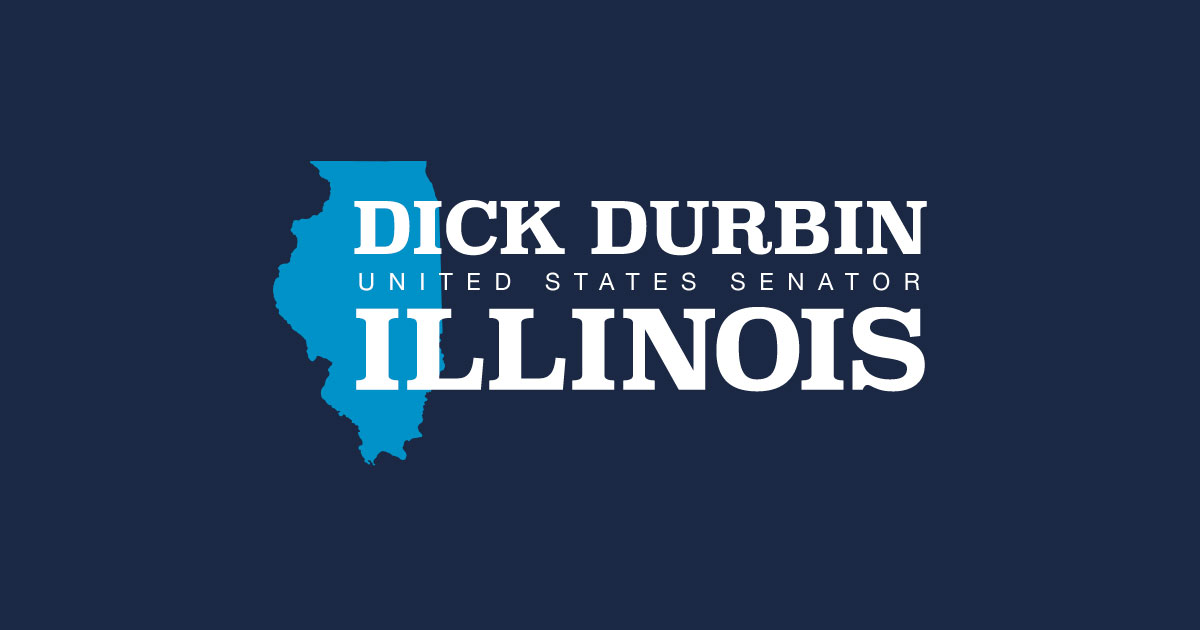Source: United States Senator for Illinois Dick Durbin
Bill introduction comes on heels of GAO report detailing Pharma’s direct-to-consumer advertising’s colossal impact on Medicare spending
WASHINGTON – U.S. Senate Majority Whip Dick Durbin (D-IL), U.S. Senator Chuck Grassley (R-IA), and US. Senator Angus King (I-ME) today introduced the Drug-price Transparency for Competition (DTC) Act, a bill that would require price disclosures on advertisements for prescription drugs, in order to empower patients and reduce spending on medications. Last week, the Government Accountability Office (GAO) released a report – requested by Durbin and Grassley – which found direct-to-consumer (DTC) advertisements of prescription drugs contribute to an enormous amount of Medicare costs. Specifically, the DTC Act would require DTC advertisements for prescription drugs and biological products to include a disclosure of the list price, so that patients can make informed choices when inundated with drug commercials.
“Pharma spends $6 billion a year to flood the airwaves with commercials that inflate spending by steering patients to the most expensive medications. These ads bombard you with information but keep patients in the dark about one crucial factor: price. Patients deserve to know the price, and a dose of transparency is the prescription Pharma needs. I’m pleased to be partnering with Senator Grassley again on this commonsense policy,” said Durbin.
“Knowing what something costs before buying it is just common sense,” Grassley said. “Disclosing the list price of prescription drugs in advertisements is a no-nonsense way to empower health care consumers to make informed decisions about their care. It also spurs competition, which leads to lower prescription drug costs.”
“For decades, pharmaceutical companies have run ads detailing their fixes to serious ailments – but things get vague when you look for a drug’s price tag,” said King. “Continuing to advertise these medications without prices creates challenges for patients trying to make informed decisions about their medical care and their household budgets. As we seek bipartisan solutions to lower prescription drug costs, establishing transparency requirements will help patients understand what they’re being sold and give them the ability to shop among competing pharmaceutical companies.”
Each year, the pharmaceutical industry spends $6 billion in direct-to-consumer (DTC) drug advertising to fill the airwaves with ads, resulting in the average American seeing nine DTC ads each day. Studies show that these activities steer patients to more expensive drugs, even when a patient may not need the medication or a lower-cost generic is available. This practice drives up the cost of health care, while undermining the role of providers. For these reasons, most countries have banned DTC prescription drug advertising—the United States and New Zealand are the only developed nations to permit this practice.
The DTC Act is endorsed by: AARP, American Medical Association, American Hospital Association, American College of Physicians, American Academy of Neurology, Public Citizen, and Campaign for Sustainable Rx Pricing, Blue Cross Blue Shield Association.
Below are some key findings from the GAO report:
- Pharmaceutical manufacturers spent approximately $6 billion for each of the years 2016-2018 on DTC drug advertisements (increasing spending each year over year), half of which was concentrated among drugs that treat chronic conditions of arthritis, diabetes, and depression. Virtually all spending was for more expensive, brand-name drugs.
- Two-thirds of this spending ($12B out of $18B total) over this three-year period was concentrated on just 39 drugs, half of which had newly entered market. For each of those 39 drugs, their manufacturers spent over $100 million to run commercials. Humira was the highest-advertised drug, with $1.4 billion in DTC spending during 3 year window – followed by Lyrica ($913 million), and Trulicity ($655 million).
- During this three year period, Medicare spent a total $560 billion on drugs, and 58 percent were on drugs that were advertised.
- Advertised drugs accounted for 8 percent of total Medicare Part D drugs used but 57 percent of that spending.
- Among the top 10 drugs with the highest cost to Medicare, four were also in the top 10 for advertising spending (Humira, Eliquis, Keytruda, Lyrica).
For years, Durbin and Grassley have advanced legislative proposals to require pharmaceutical companies to disclose the list prices of their prescription drugs when choosing to run DTC advertisements, including passing a bipartisan amendment through the Senate in 2018. U.S. Representative Jan Schakowsky (D-IL-09) has led similar efforts in the past in the House of Representatives.
-30-
